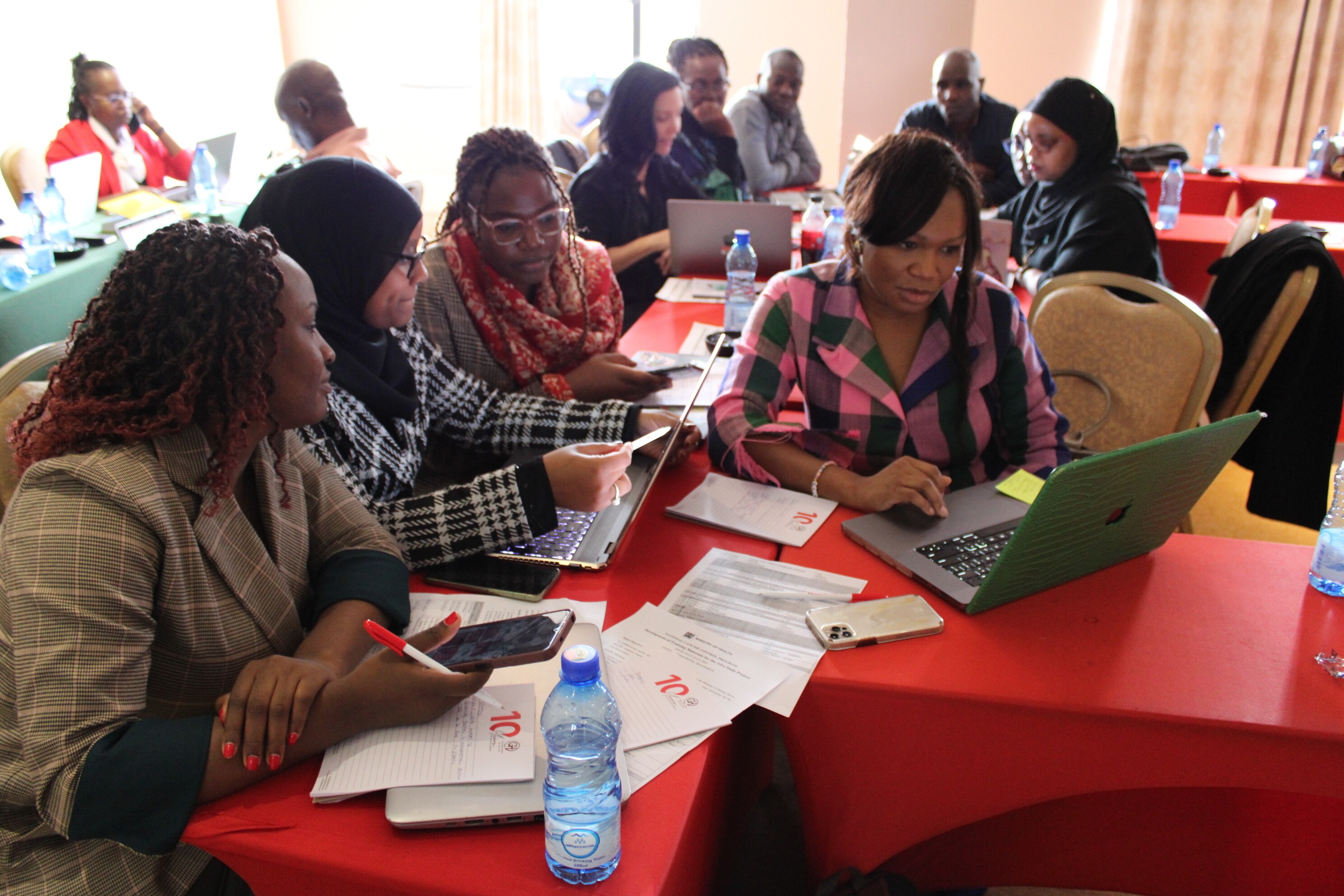This is the role central banks have to play in tackling climate change

A stranded asset?
Image: REUTERS/Joe Skipper
Stay up to date:
Banking and Capital Markets
In a 2015 speech, Mark Carney, the outgoing governor of the Bank of England, sparked a debate about whether monetary policymakers should look beyond the horizon of the business and credit cycles to ensure financial stability in light of the risks posed by climate change. More recently, European Central Bank President Christine Lagarde has said that she wants the ECB to tackle climate change, in addition to its traditional price-stability remit.
The climate threats to financial stability that central bankers worry about could arise not only from increasingly frequent and severe natural disasters, but also from the shift away from fossil fuels as a source of energy. That transition ultimately would turn reserves of oil, natural gas, and coal into stranded assets, jeopardizing the financial health of corporations, insurers, and other financial institutions that are exposed to fossil fuels.
The overall exposure of advanced economies such as the United Kingdom or those of the European Union to fossil fuels may appear to be relatively small. Nonetheless, we should not underestimate the systemic risk posed by stranded assets – after all, the 2008 global financial crisis was triggered by developments in the relatively small subprime mortgage market in the United States. And, for fossil-fuel exporters, stranded-asset risks are undeniably larger. The collapse in oil prices that started in June 2014 provided a recent stark reminder of the risks posed by excessive dependence on fossil fuels.
Until now, the extensive research into which macroeconomic policies are appropriate for fossil-fuel exporters has focused much more on the role of fiscal policy. Part of the reason may be that most fossil-fuel exporting economies have currency pegs or relatively fixed exchange-rate regimes – meaning that, in the absence of capital controls, they have no independent monetary policy.
Today, however, there are good reasons to take a fresh and broader look at monetary policy in these countries. Traditionally, the monetary-policy horizon has been limited to that of the business cycle – typically 2-6 years. But given the high degree of wealth concentration in fossil fuels, the strong complementarity between fiscal and monetary policies, and the emergence of new risks to fossil-fuel assets, central banks must look beyond the business-cycle horizon. Indeed, I have previously outlined the roles monetary policy should play in the short, medium, and long term.
In particular, central banks should be aware of the serious long-term risks posed by stranded fossil-fuel assets. For example, in order to keep the increase in average global temperature within 2°C of pre-industrial levels, the world can emit only a further 300-400 gigatons of carbon dioxide into the atmosphere. But the fossil-fuel reserves of major private oil and gas producers contain three times this figure. To keep global warming below 2°C, therefore, one-third of global oil reserves (including in Canada and the Arctic), 50% of gas reserves, and 80% of coal reserves (mainly in China, Russia, and the US) should be kept in the ground forever.
In the Middle East, meanwhile, fossil-fuel reserves are three times larger than should be extracted under existing global climate commitments. As a result, 260 billion barrels of oil in the region cannot be burned. In addition to these unused reserves, the capital invested in the infrastructure used to extract, transport, and refine fossil fuels could become stranded, too.
Although many fossil-fuel exporters have recognized the need to diversify their economies, very few have succeeded. But the regulatory and technological changes now sweeping the global energy market may make the need for such a transition more urgent. Central banks should therefore work on the longer end of the yield curve to facilitate longer-term investment and economic diversification.
In addition, central banks’ response to the risk of stranded assets may influence how fossil-fuel exporters invest their wealth. Many oil exporters have accumulated vast financial assets. These countries’ strategic allocation of such assets is all the more important given the mounting risks to their main source of wealth. By looking beyond the business-cycle horizon, central banks can play a critical role in facilitating these countries’ investments in non-fossil-fuel assets.
In the face of the challenge posed by climate change, the focus of monetary policy often seems very short term. Central bankers must break this “curse of horizons” and take decisive steps to address fossil-fuel-related risks. They need to reflect on and communicate the existential threat of stranded reserves and capital, advocate the adoption of appropriate structural policies, pursue a suitable interest-rate policy, and provide supportive financial policies to encourage both economic diversification and changes in strategic asset allocation. Combating climate change while maintaining global financial stability requires nothing less.
Don't miss any update on this topic
Create a free account and access your personalized content collection with our latest publications and analyses.
License and Republishing
World Economic Forum articles may be republished in accordance with the Creative Commons Attribution-NonCommercial-NoDerivatives 4.0 International Public License, and in accordance with our Terms of Use.
The views expressed in this article are those of the author alone and not the World Economic Forum.
Forum Stories newsletter
Bringing you weekly curated insights and analysis on the global issues that matter.
More on Equity, Diversity and InclusionSee all
Marielle Anzelone and Georgia Silvera Seamans
October 31, 2025
Alex Fergnani
October 14, 2025
Puja Raghavan and Ana Peruci Pansani
October 13, 2025
Xu Qinyi
October 10, 2025
Joan-Paula Bor and Kathleen Schmeler
October 6, 2025






